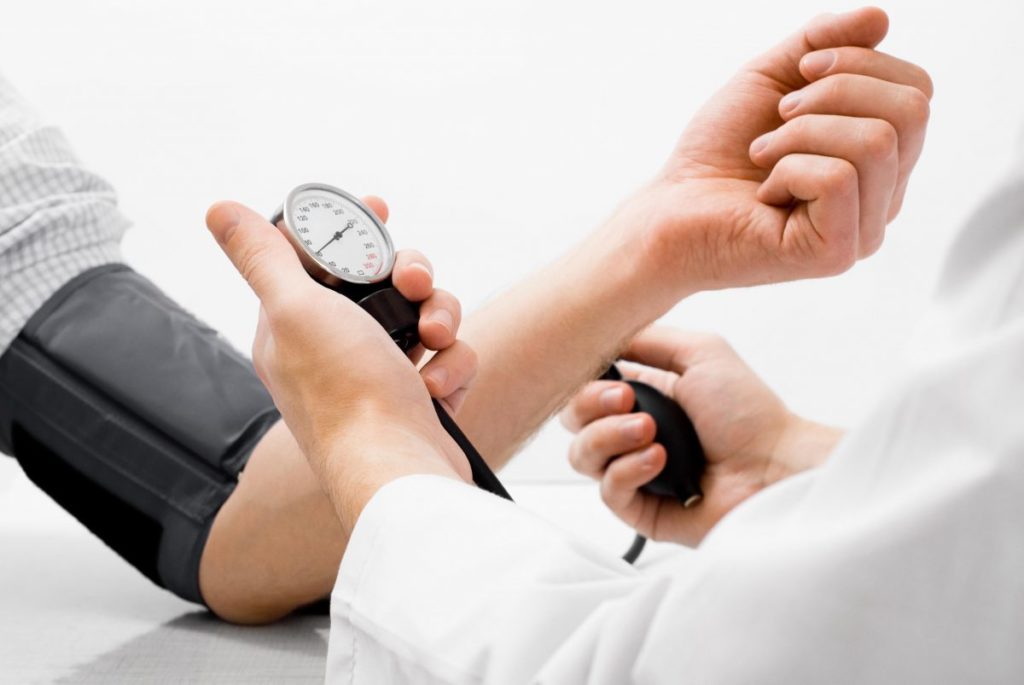
High blood pressure increases your risk of life-threatening problems such as kidney failure, heart attacks and heart attacks. More than 200 million Indians suffer from hypertension and its incidence increases with age, affecting 50% of people over 60, according to World Health Organization. Exercise is one of the best ways to prevent and control high blood pressure. Except for any physical condition that prohibits exercise, you should incorporate in your life regular physical activity appropriate to your condition.
Get Medical Approval
The Mayo Clinic suggests getting medical approval for exercise if you have high blood pressure. Other factors that make a check-up a good idea include having more than 50 years in women and more than 40 in men, a history of heart attacks, a family history of heart problems before 55, being a smoker, being obese and have a chronic health problem, such as high cholesterol. You should also see the doctor if you are not sure of your health status.
Benefits
Exercise makes your heart work more efficiently, which means it can pump blood with less effort. This decreases the pressure in your arteries, which translates to a lower blood pressure. Exercise also keeps your weight under control; Excess weight represents a major risk factor for hypertension. According to the American College of Sports Medicine, regular physical activity can lower the diastolic and systolic pressure by an average of 10 points; this is equivalent in effectiveness to certain medications for blood pressure, points out the Mayo Clinic. If you have mild hypertension, adopting an exercise routine could possibly eliminate the need for medication and, in the case of more severe hypertension, reduce the doses.
Time Frame to See Results
It does not take years of work to notice a difference in your blood pressure. You can experience the beneficial effects of exercise in just one month after you start, and most people notice a benefit in the first three months. You will only reap the benefits of exercise to lower the pressure while you continue practicing.
Types of Exercise
There is no type of aerobic exercise that offers more benefits than another to lower blood pressure. Anything that pumps your heart and raises your breathing rate will work. Strength training with just required recovery between the sets can also help. It makes the heart work and increases muscle mass, which increases metabolism and can help control weight. However, during a session, your blood pressure rises, and the higher the weight the more it will rise. To reduce your risk, avoid holding your breath when you workout against resistance.
Recommended Time of Exercise
To improve general health and reduce the severity of chronic health conditions such as hypertension, you should exercise at least 30 minutes five days a week, at a moderately intense pace. If you find it difficult to train for 30 minutes in a row, divide it into periods of at least 10 that offer equivalent benefits. If you want strength training, do it about twice a week.
References:
MayoClinic.com: exercise: an approach to lowering blood pressure without medication
American College of Sports Medicine: exercise your way to lower blood pressure
NDTV Every Life Counts: 200 Million Indians Suffer From High Blood Pressure: Global Study







